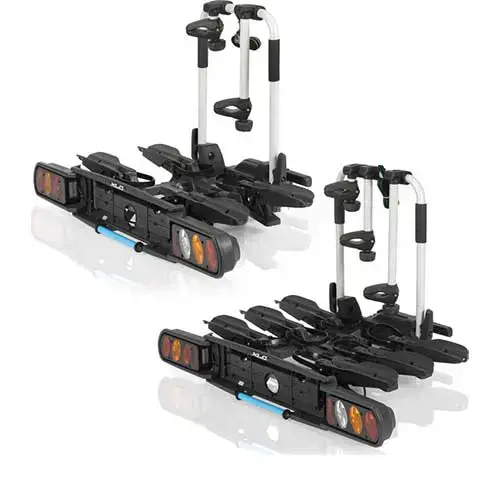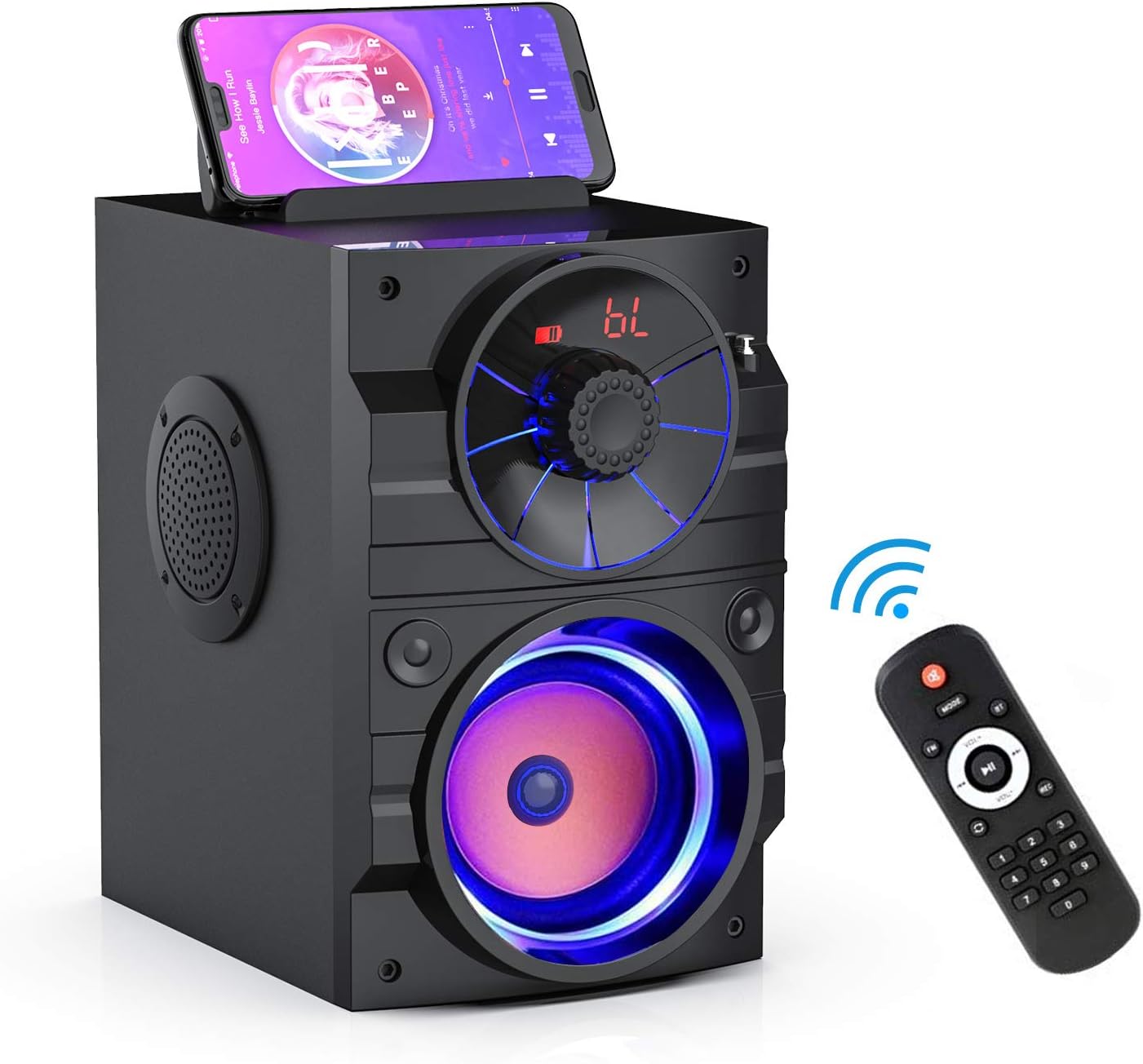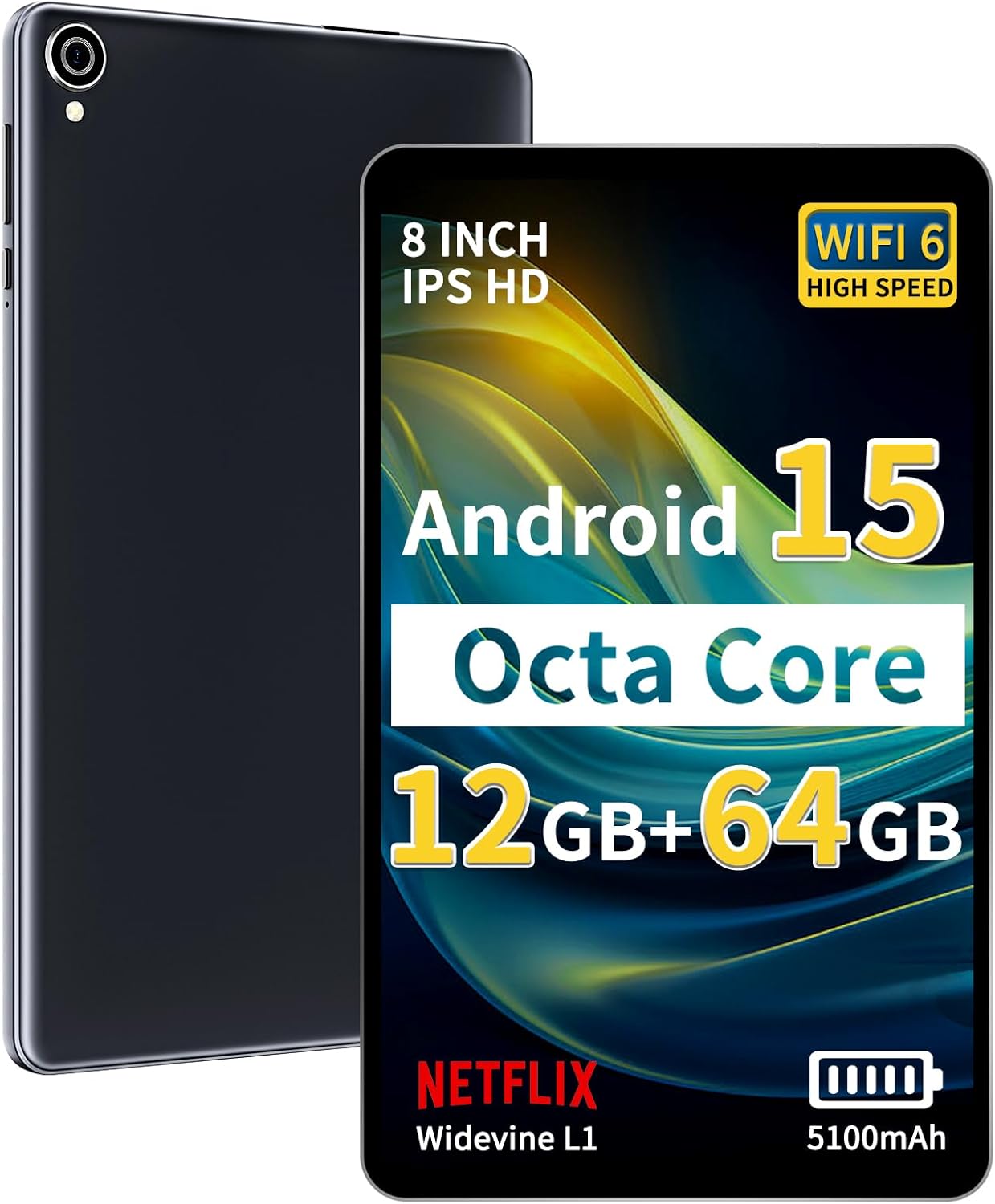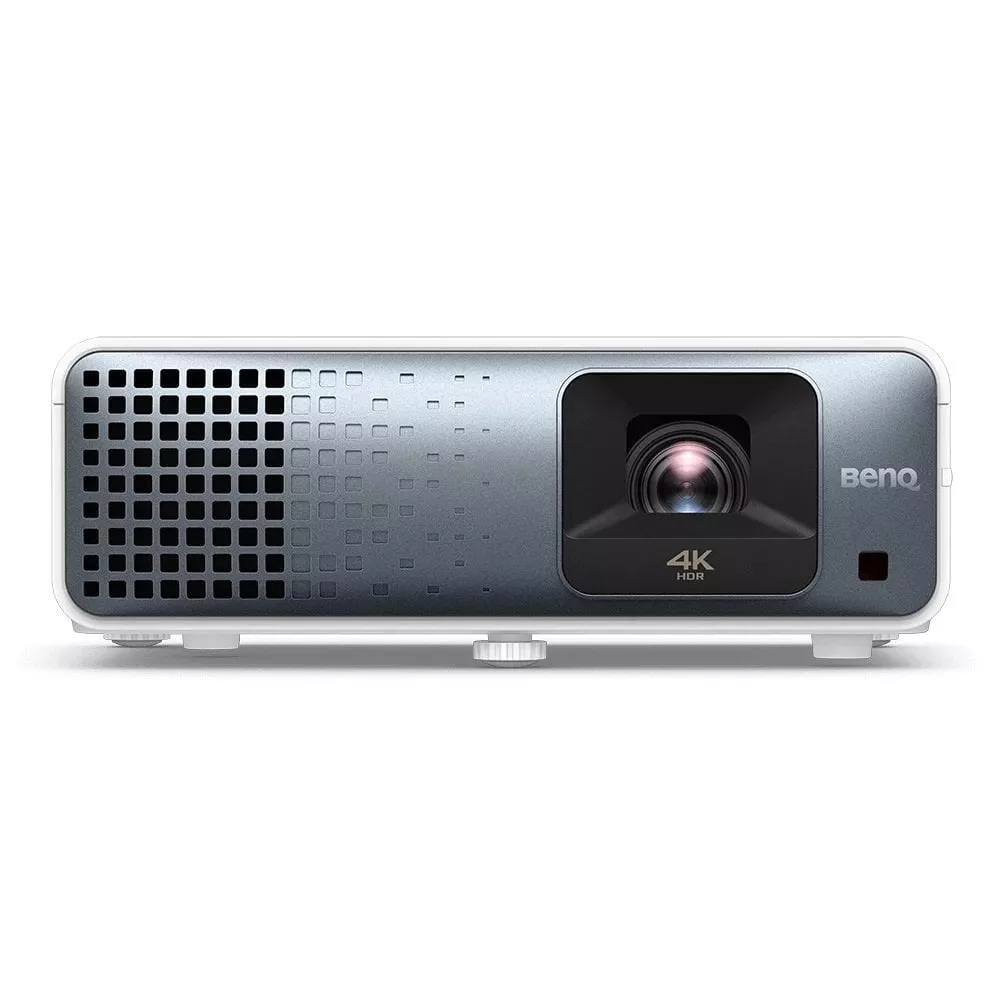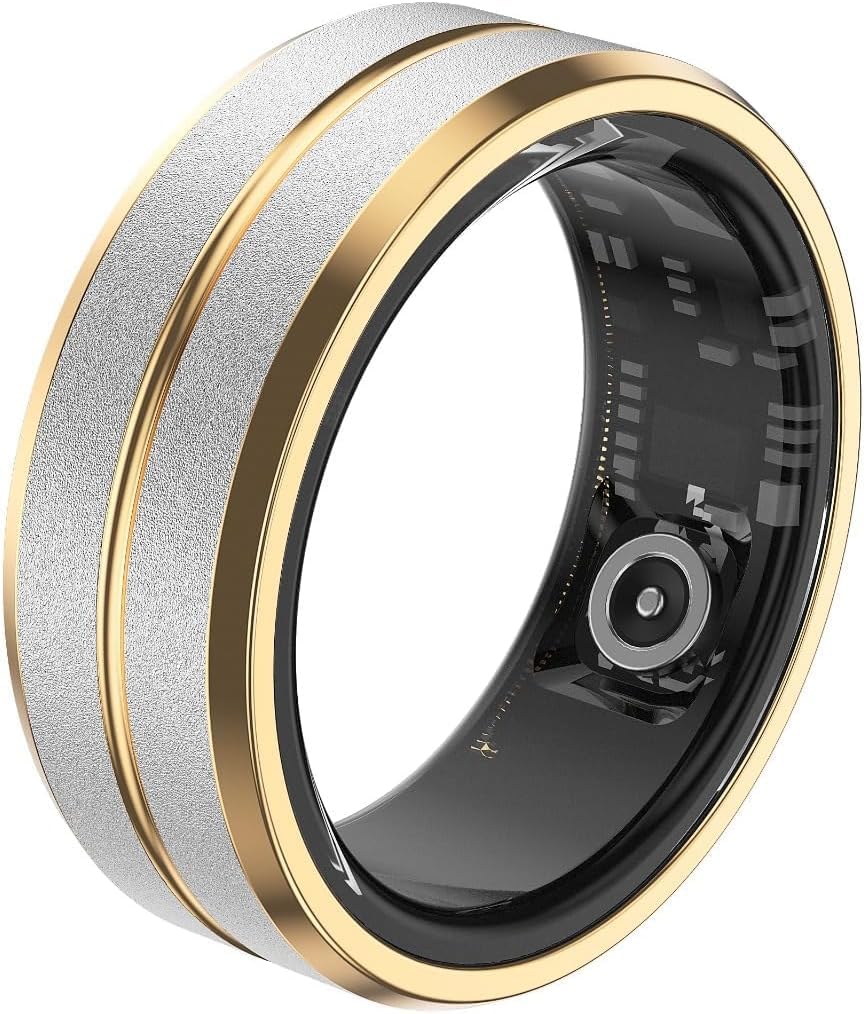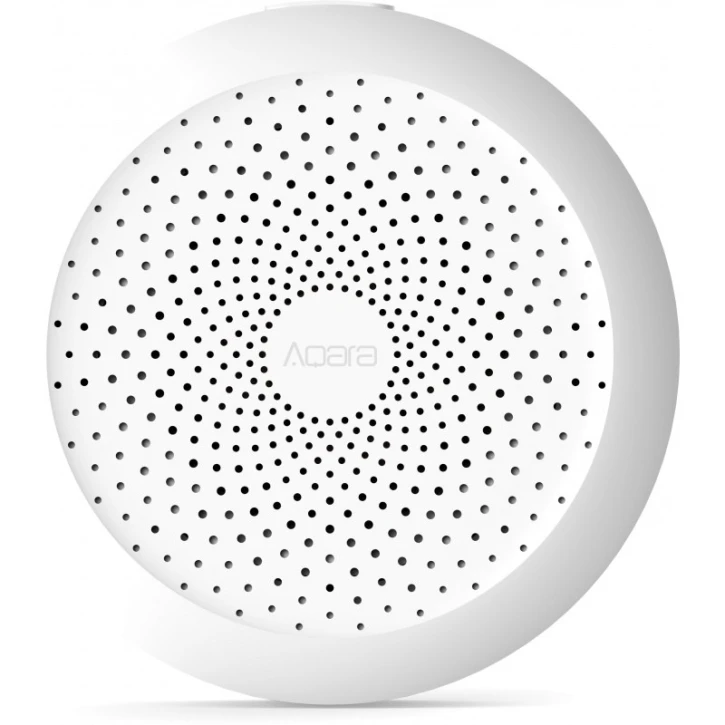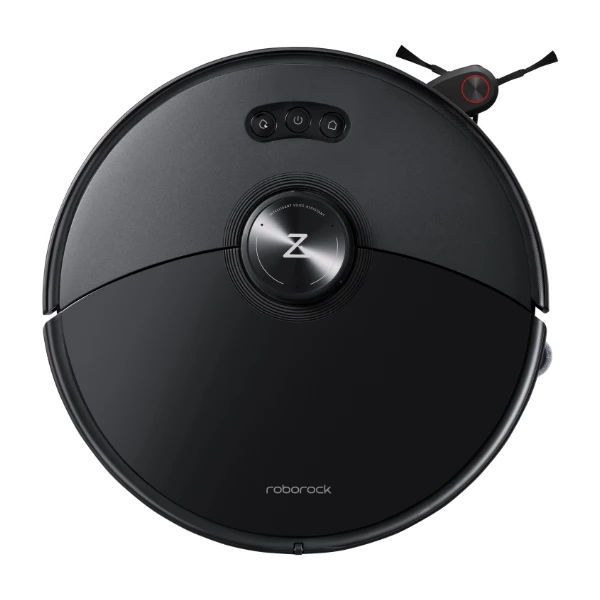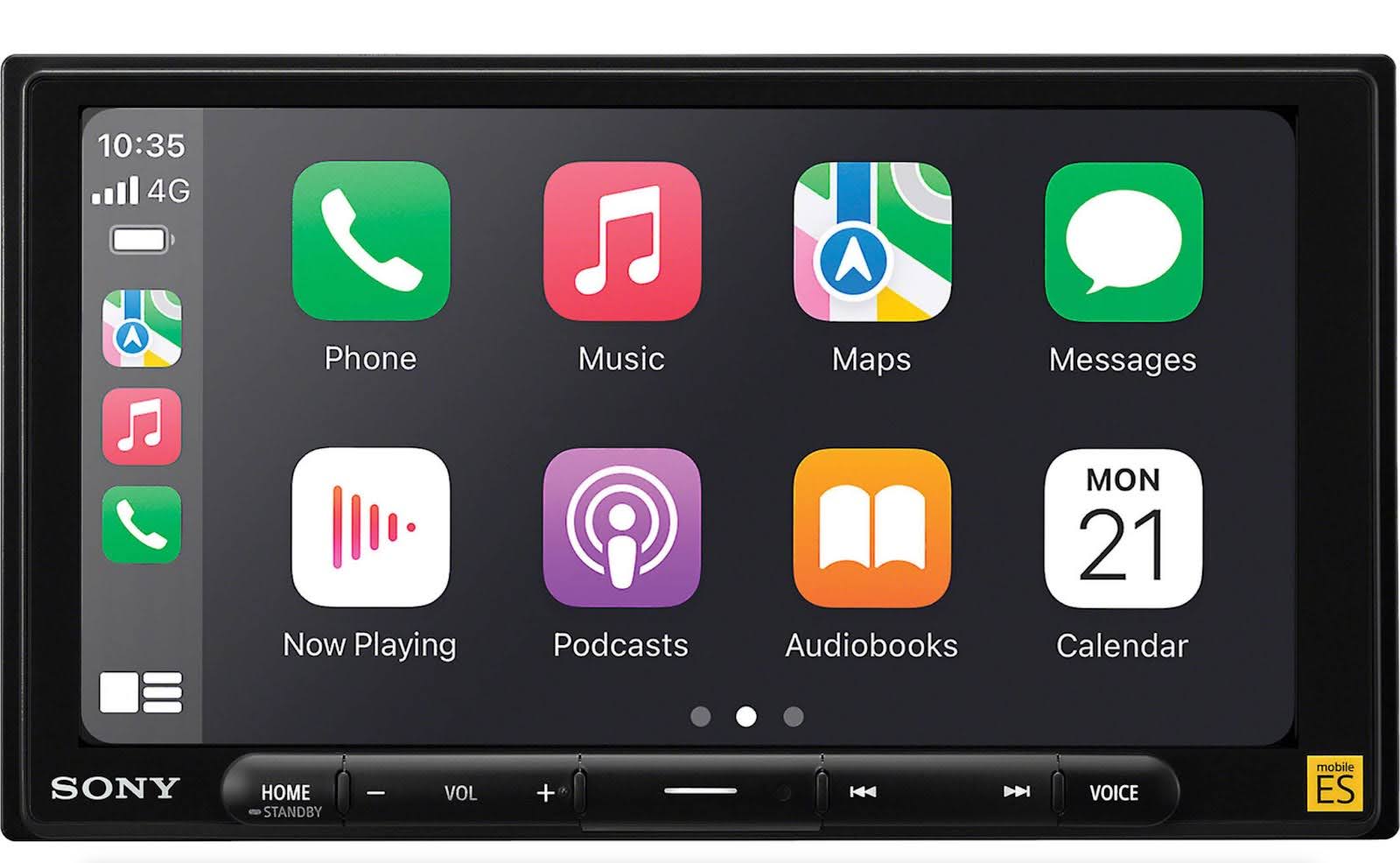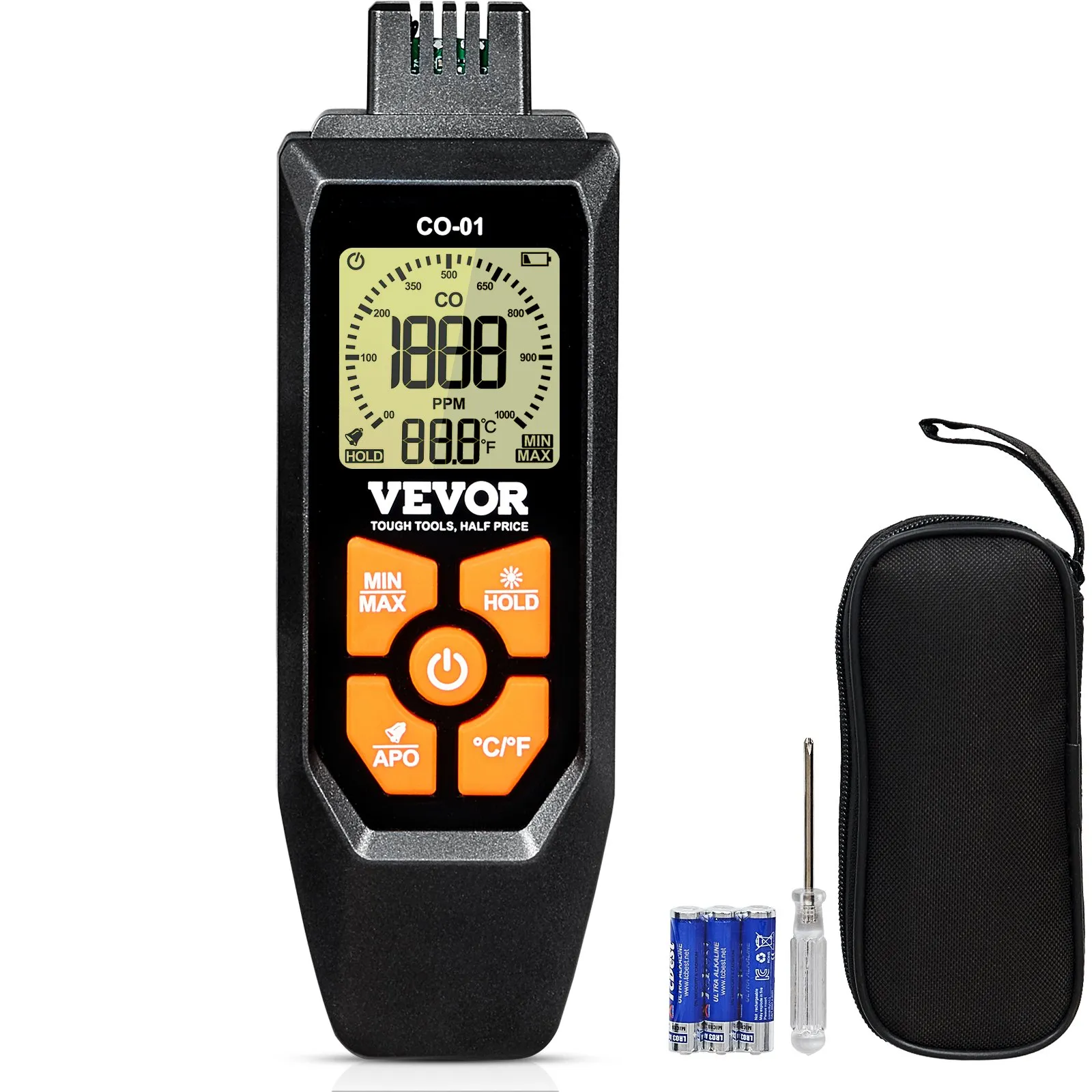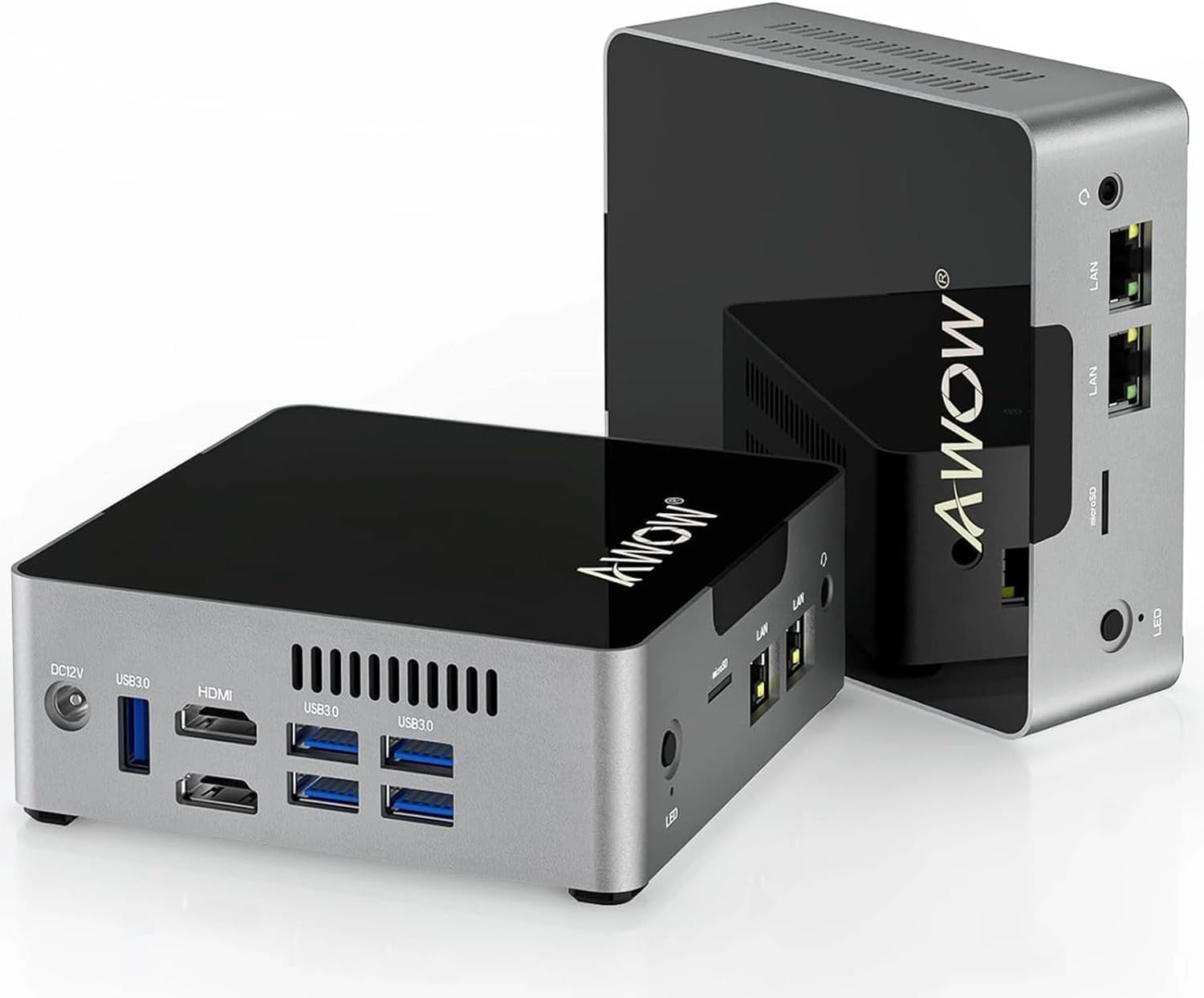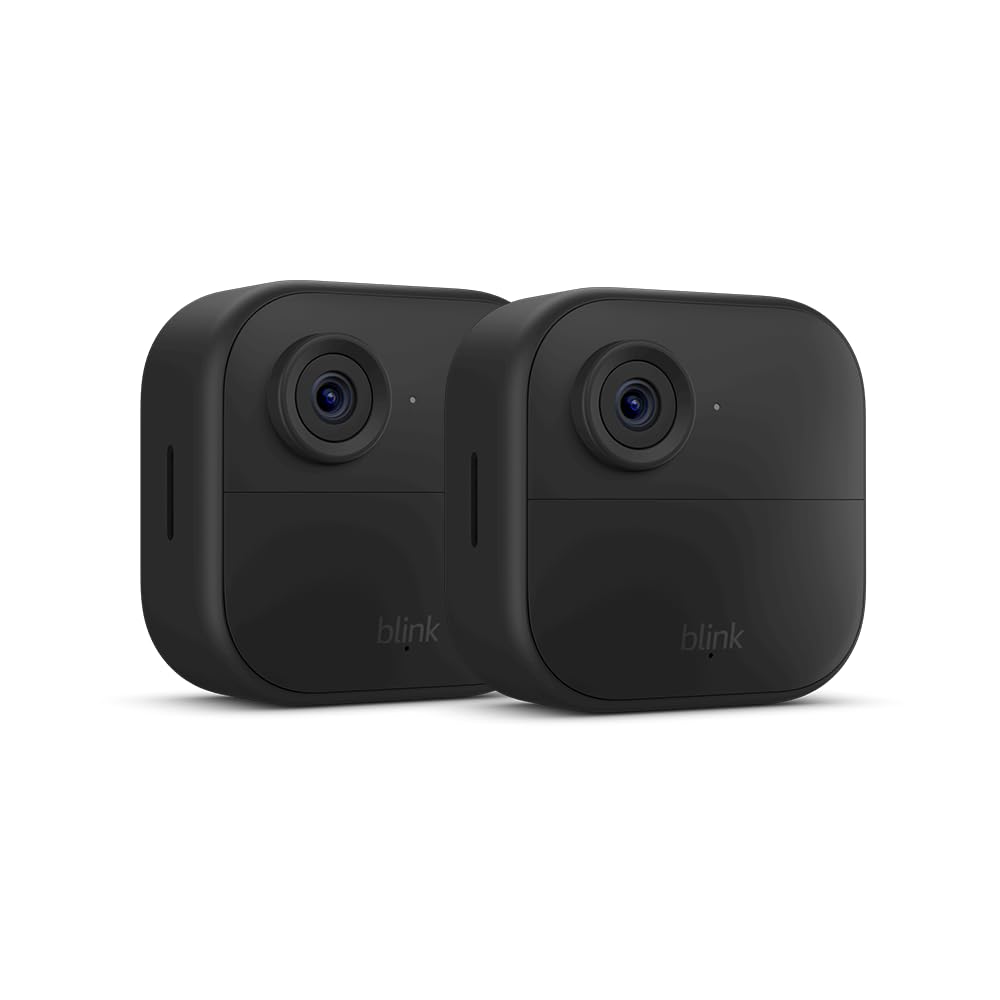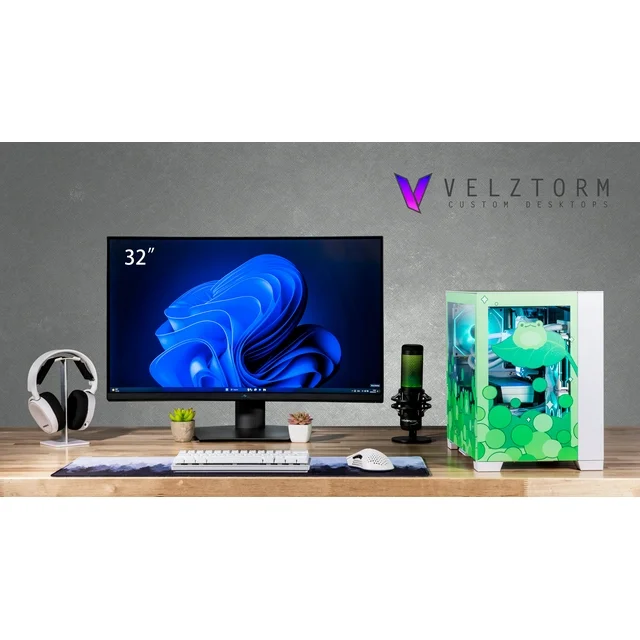Weekend escapes to the Salzkammergut, after-work laps on the Kahlenberg, long tours around the Wörthersee—getting there with your bike should be the easy part. A well-chosen rear rack keeps your drivetrain clean (unlike roof grime), your fuel economy reasonable (no rooftop drag), and your loading hassle-free. In this guide, we’ll break down the main rack types, how to match them to your car and bikes (including e-bikes), what to know about plates and lights in Austria, and a foolproof mounting routine you can repeat in minutes. Throughout, we’ll reference Reifen Rear Bike Racks as your one-stop category for value, quality brands, and the fittings you’ll actually use every weekend.
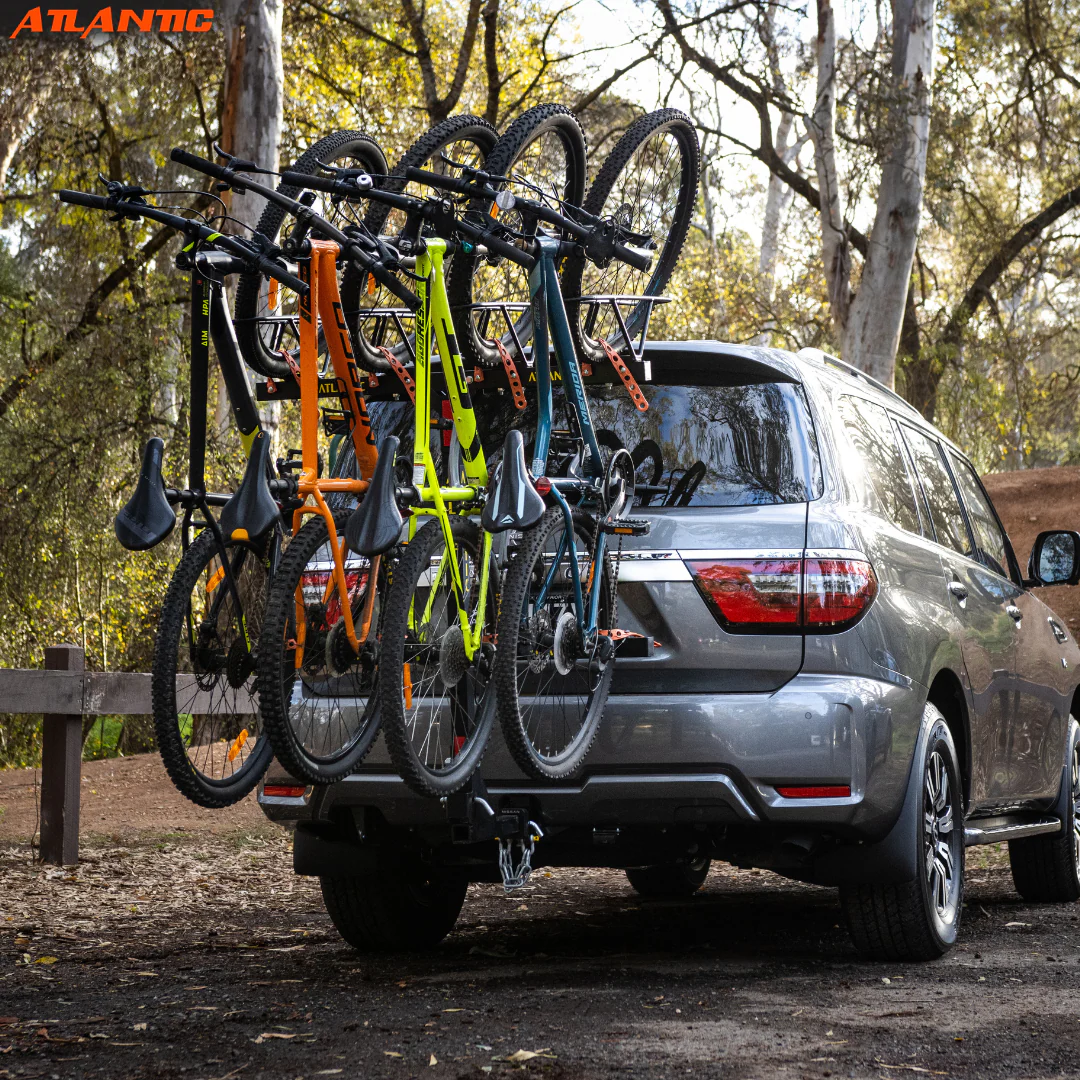
Why Rear Racks Beat the Roof (Most of the Time)
Rear carriers put bikes in your natural lifting zone—no step stools, no wrestling frames overhead, no risk to carbon rims from low garage entries. Aerodynamically they’re kinder to range and fuel than roof bars at motorway speeds, and they play nicely with wagon tailgates and taller SUVs. Most importantly, platform-style racks keep bikes stable and separated, reducing the chance of paint rub or bent rotors. If your routine includes e-bikes or frequent weekend shuttles, Reifen Rear Bike Racks are the practical upgrade that turns “we should ride” into “we’re already rolling.”
The Three Main Types (Pick by Car + Bike + Use Case)
1) Towbar/Trailer-Hitch Platform Racks
The gold standard for stability and e-bike weight. They clamp to the towball, then support bikes on wheel trays with upright arms.
- Best for: E-bikes, heavy MTBs, long motorway drives.
- Pros: High load ratings (often 60–70 kg total), minimal frame contact, tilt-away for boot access, integrated lights + plate mount.
- Cons: Requires a towbar; higher initial cost; heavier to store.
2) Strap-On Tailgate/Boot Racks
Fabric straps hook to the boot edges; bikes hang from arms or sit on mini trays.
- Best for: Occasional use, lighter bikes, cars without towbar.
- Pros: Lowest entry price, no permanent hardware; packs flat.
- Cons: Lower weight limits, can obscure lights/plate (often requires a separate light board), more paint-protection care.
3) Towbar Hang-Style (Mast) Racks
Bikes hang by the top tube from arms inserted in the towbar socket.
- Best for: Road/MTB frames with classic top tubes, lighter setups.
- Pros: Light, cheaper than platforms.
- Cons: Frame contact, awkward for step-throughs and some carbon frames; accessories needed for full lights/plate compliance.
For most Austrian drivers, a towbar platform rack from the Reifen Rear Bike Racks category is the sweet spot—especially if an e-bike is in the mix or you value quick loading.
Capacity & Compatibility: The Numbers That Matter
- Per-Bike Load: E-bikes commonly weigh 22–28 kg with battery; many platform racks rate 30 kg per rail. Check your heaviest bike against the per-rail limit.
- Total Load: Add bikes + rack weight and stay within both rack limit and towbar nose weight (Stützlast). The towbar’s nose weight is listed on the car/towbar spec plate—don’t guess.
- Wheelbase & Tire Width: Modern MTBs and gravel bikes can run long wheelbases and 29 x 2.5” tires. Make sure trays and straps fit.
- Frame Shapes: Step-through or full-suspension frames may need frame adapters (a temporary top-tube bar) for hang-style carriers. Platform racks rarely need this.
- E-Bike Batteries: Remove the battery before loading to reduce weight and improve holding security.
With Reifen Rear Bike Racks, product pages typically list per-rail and total capacities, wheel/tire limits, and accessory compatibility—scan these specs before you fall in love with a design.
Plates, Lights & Visibility: Keep It Clear (Austria Basics)
Rear carriers must not obscure your number plate or rear lights. If they do, use a supplementary light board with an extra plate mounted to the rack and connected to your car’s socket (7-pin/13-pin). Many towbar platforms integrate full lighting (brake, indicator, fog) and a plate holder—plug-and-play compliance and fewer headaches at dusk, in rain, or on alpine tunnels. If your car has modern lighting (e.g., separate fog/reverse), prefer a rack/light board wired for 13-pin to carry all functions cleanly.
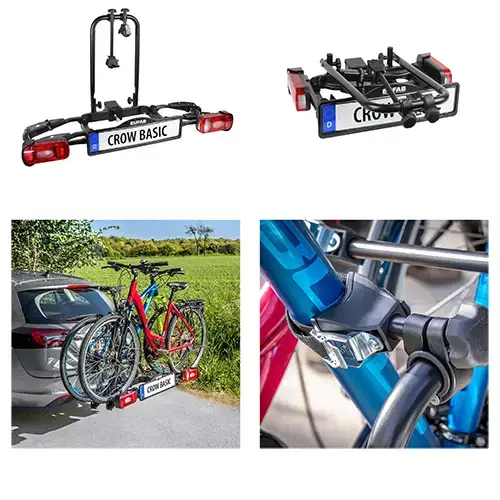
Tilt & Boot Access (Because Snacks Live in the Trunk)
The best platform racks tilt away from the car—often even with bikes loaded—so you can reach bags, helmets, or the picnic blanket. Check the tilt mechanism: foot-pedal tilts are one-hand friendly when you’re balancing a wheel; pin-and-hinge versions are fine but require two hands. If you drive a wagon or SUV with a large, upright tailgate, choose racks noted as “deep tilt” to clear the hatch fully.
Security: Two Locks, Not One
Look for dual locking: (1) the rack locks to the towball, and (2) each bike locks to the rack arm or via integrated cable. Add a secondary chain/lock between frames for coffee stops. Pro tip: carry a small Velcro strap to lash front wheels to the frame—no wind-induced bar flop against your paint.
The Five-Minute Mounting Routine (Repeatable & Calm)
- Prep: Park on level ground; engage handbrake. If platform-style, unfold and close any quick-release levers.
- Attach to Towball: Seat the coupling, press down the handle until it locks, then test for play by rocking gently. Use the tension dial if provided; lock the head.
- Electrics: Plug the 7- or 13-pin connector; test indicators, brake, tail and fog lights.
- Load Bikes: Heaviest bike nearest the car. Set wheels into trays; clamp the frame (or seatpost) with the arm; strap both wheels. Offset bar/stem directions to avoid lever clashes.
- Re-Check: Tug each clamp and strap; confirm nothing contacts the bumper, sensors, or exhaust.
- After 10–20 km: Pull over and re-tighten straps—materials settle, especially in heat/cold swings.
For strap-on boot racks, add paint protection pads, follow the brand’s strap order precisely (top → sides → bottom), and re-tension after the first few kilometres.
Driving with Bikes: Speed, Spacing, & Road Sense
- Leave extra braking room. You’ve added mass; anticipate traffic earlier, especially on the S-Bahn approach roads and alpine descents.
- Watch for crosswinds. Open valleys can push the rear; keep both hands on the wheel at motorway speed.
- Avoid auto car washes. Pressure jets can force water into bearings; wash by hand after trips.
- Noise clues matter. A new buzz often means a loose strap or contact point—stop and inspect rather than “it will be fine.”
E-Bikes: Special Considerations (Make It Easy)
- Ramps: Many premium racks offer clip-on loading ramps—worth their weight if you frequently mount 25-kg bikes.
- Wider Trays: Prefer trays rated for plus-size tires; carry a short ratchet strap to assist the front wheel if the tire is near max width.
- Battery & Display: Remove to save weight; store displays in the glove box.
- Torque Arms: Clamp on the seatpost for carbon frames when possible; use frame-protector pads to avoid scuffs.
Storage & Handling (Between Trips)
Foldable platform racks store upright in a closet or garage; use a wall hook to hang by the coupling head if the brand allows. Keep the 13-pin plug capped and dry. Before the season, add a dab of silicone spray to folding joints and check rubber pads on wheel straps for cracks.
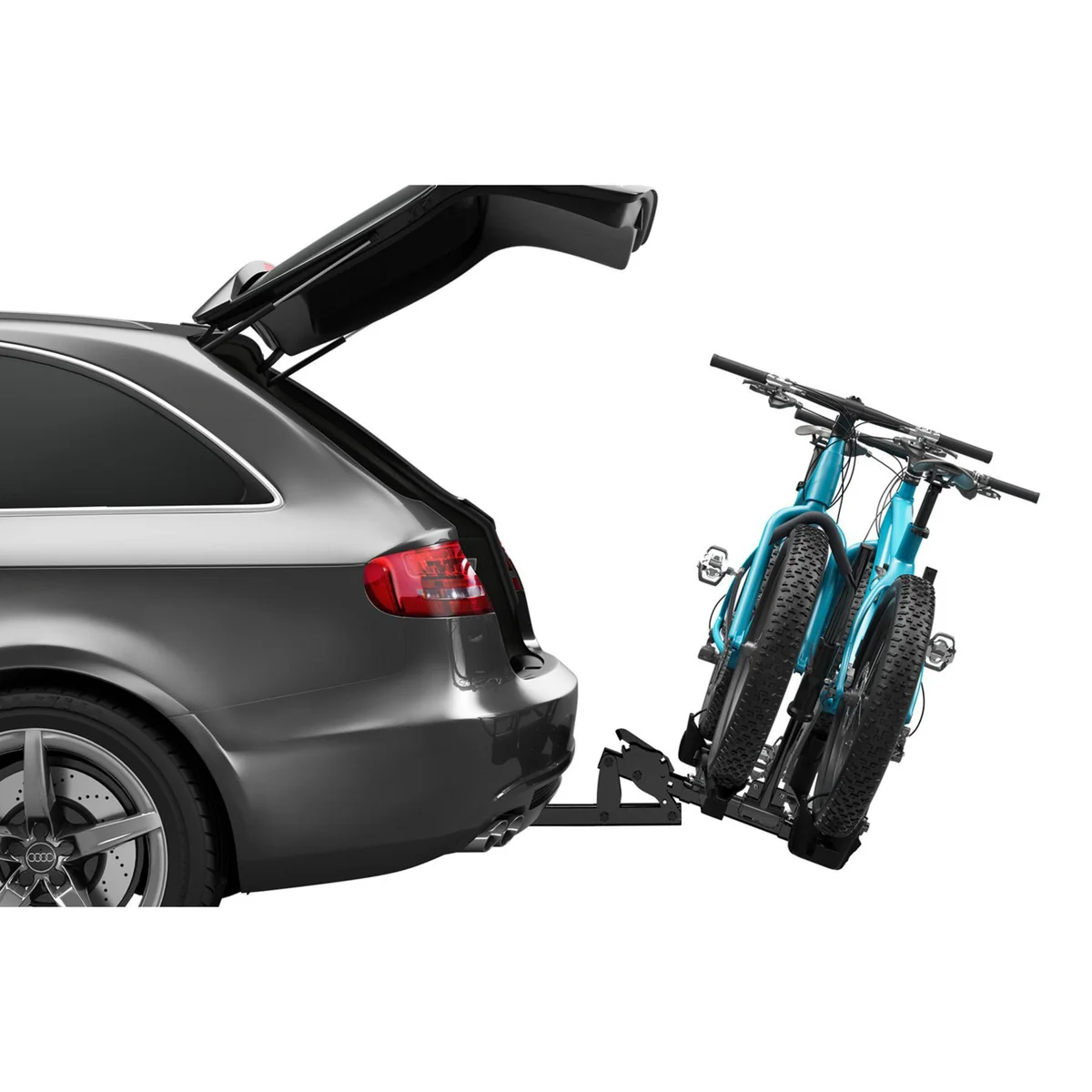
One Hybrid Block (Bullets + Guidance): Quick Buy Checklist
- Car Setup: Towbar fitted? Socket type 7- or 13-pin? Parking sensors/camera?
- Bikes: Count, weight (esp. e-bikes), wheel/tire sizes, frame shapes (step-through?).
- Capacity: Per-rail ≥ heaviest bike; total load within rack limit and towbar nose weight.
- Lighting & Plate: Integrated light bar + plate mount preferred; confirm socket compatibility.
- Access: Tilt function with bikes loaded; deep tilt for big tailgates.
- Security: Locks for rack and bikes; extra cable/strap recommended.
- Storage: Foldability and carry handles—will it live in a flat/garage?
Run this list against Reifen Rear Bike Racks to land on the right model the first time.
Accessories That Earn Their Keep
- Fat-tire straps / long ratchets for 29er or plus tires.
- Frame adapters for step-throughs or small kids’ bikes.
- Loading ramp for e-bikes.
- Protective pads where bars/saddles might touch.
- Transport cover (if the brand approves) for filthy winter roads—mind airflow and light visibility.
Care for the Bikes, Too
Wipe salty winter spray from chains and rotors after motorway runs; dust and rain can combine into grinding paste. If you carry through rain, crack the seatpost bolts at home and let moisture evaporate. A two-minute hose-off (low pressure) keeps grit out of pivot points and drivetrains.
Sustainability & Resale Sense
Buy once, cry once: a high-quality platform rack can outlast your current car and move with you. Keep manuals, spare keys, and adapters in a labelled tote. If you sell later, a tidy kit with working lights and unbent trays retains strong value—good for wallets and waste reduction.
Troubleshooting: Calm Fixes to Common Snags
- Parking sensors scream constantly: Disable temporarily or choose racks with sensor-friendly geometry; adjust the tilt angle until sensors stop seeing the tray.
- Boot won’t open even with tilt: You need a deeper-tilt model or a short-wheelbase tray design.
- Straps creep on long drives: Clean salt/dust from straps and trays; add a secondary Velcro tie; re-tension at fuel stops.
- Bars/saddles clash: Alternate bike directions; drop one seatpost; rotate bars 90° and strap.
- Plate still obscured: Move to an integrated-light platform and mount a spare plate (per local rules) on the rack’s holder.
- Towball feels loose: Increase coupling tension per the rack manual; if play remains, have the towball inspected.
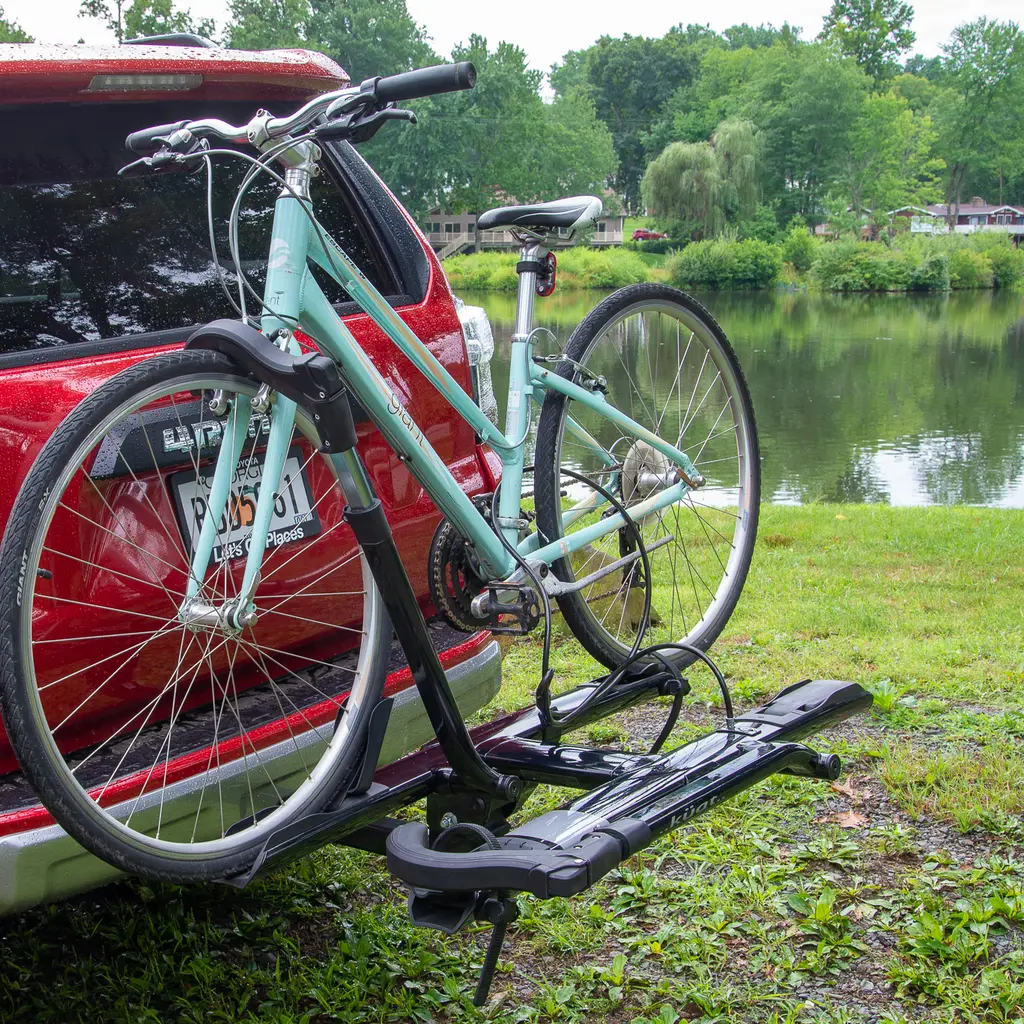
Conclusion
A rear rack should remove friction from your riding life, not add chores. Choose the carrier that matches your car and bikes, respect load limits and visibility, and practice a quick mounting routine you can do with eyes half-closed at dawn. For Austrian roads—from the A1 to winding B-routes—the right platform with integrated lighting, tilt, and solid locking turns every trip into a relaxed rollout. With Reifen Rear Bike Racks, you’ll load faster, drive calmer, and arrive ready to ride—no drama, just bikes and beautiful kilometers.
FAQ
- Do I need a towbar for the best rear rack?
For stability, load, and convenience—especially with e-bikes—yes. Towbar platform racks are the most versatile and usually include lights and a plate mount. - Are strap-on tailgate racks legal in Austria?
They’re widely used, but you must keep your plate and lights visible. If they’re obscured, add a light board and extra plate on the rack according to local requirements. - How many e-bikes can I carry?
Check per-rail and total limits. Many premium platforms handle two e-bikes (often 30 kg each). Always remove batteries to cut weight. - 7-pin vs. 13-pin—what’s the difference?
13-pin supports more functions (including rear fog and reverse). Match your car’s socket and consider adapters if needed. - Will the rack fit my step-through or small kids’ bike?
Platform racks usually do. Hang-style carriers may require a frame adapter to create a temporary top tube. - Can I open the boot with bikes on?
Many platforms have tilt-away mechanisms that allow access; check that your model clears a large tailgate fully. - Any speed limit with a rear rack?
Drive within posted limits and adjust for load, wind, and conditions. Leave extra stopping room and check straps at intervals. - How do I prevent frame scratches?
Clamp to sturdy spots (often seatpost), use protector pads, and secure bars to prevent swaying. Clean contact points after dusty or salty drives. - Where should the heaviest bike go?
Closest to the car on the innermost rail for the most stable setup. - How do I store the rack off-season?
Fold and hang or stand upright in a dry space; protect the electrical plug; lube hinges lightly before winter.

